Hannah and Her Sisters (1986)
“Millions of books written on every conceivable subject by all these great minds, and in the end none of them knows anything more about the big questions of life than I do.”
|
Synopsis: |
|
Genres, Themes, Actors, and Directors:
Response to Peary’s Review: (As in his review for The Purple Rose of Cairo, Peary’s overview of HAHS oddly contains quite a few spoilers, so I’ll refrain from quoting more specifics here about the narrative arc.) Peary points out that “Wiest, Farrow, and von Sydow stand out in the wonderful cast” (I agree); however, he notes that he wishes “all the characters were a bit more developed” — though it’s difficult to see how this might even be possible, given the limitations of such an abundantly cast, intricately overlapping script. Indeed, there are so many narrative threads interwoven across HAHS that one wonders at first how Allen will balance it all — yet everything eventually comes together, with all the characters’ lives intersecting in decidedly “incestuous” ways (perhaps no great surprise). Peary concludes his review by stating that “having Mickey [Allen] convert to Catholicism, although funny, is overdoing it a bit”, but I disagree; several of the script’s laugh-out-loud visual gags come courtesy of this narrative jaunt (which feels entirely realistic, given the character’s literal soul-searching). Note: It’s interesting to learn how much of HAHS was apparently inspired by Farrow’s own life (the film was shot largely in her NY apartment, included several of her actual children, and cast her real-life mother — Maureen O’Sullivan — as her on-screen mother). Being involved with Woody Allen to any extent seems like a guaranteed ticket to creative “exploitation”. Redeeming Qualities and Moments:
Must See? Categories
(Listed in 1001 Movies You Must See Before You Die) Links: |
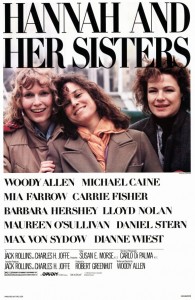
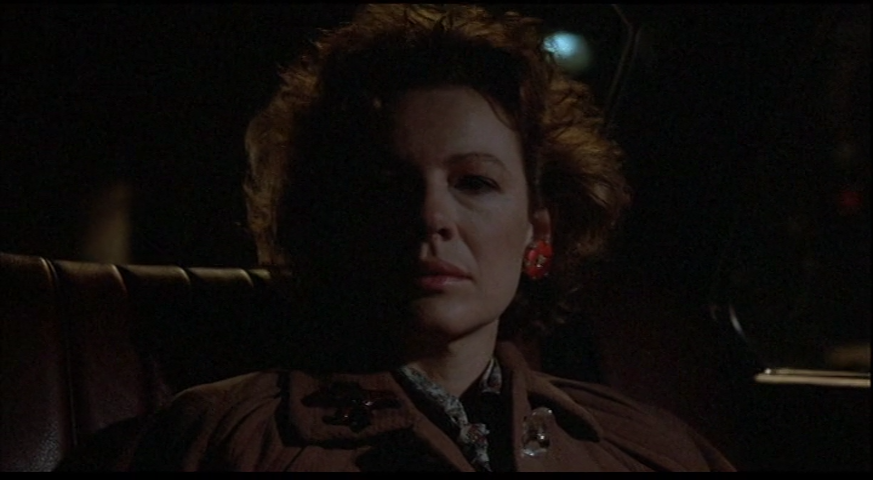


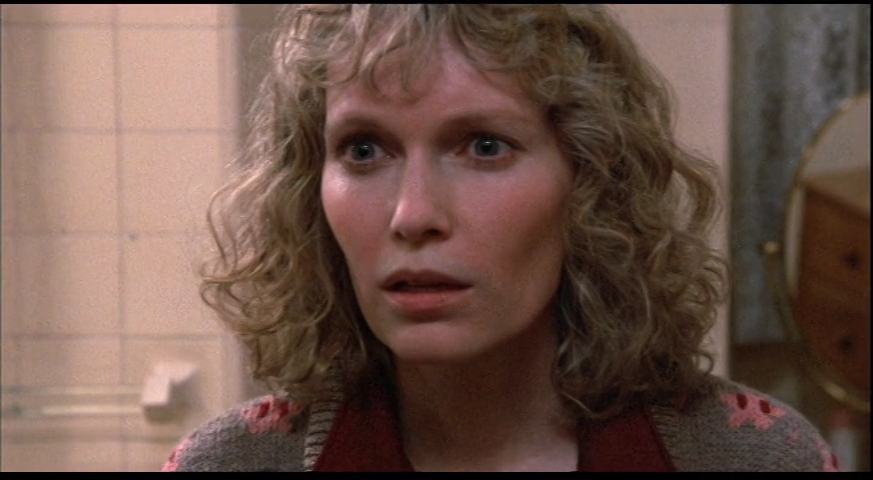

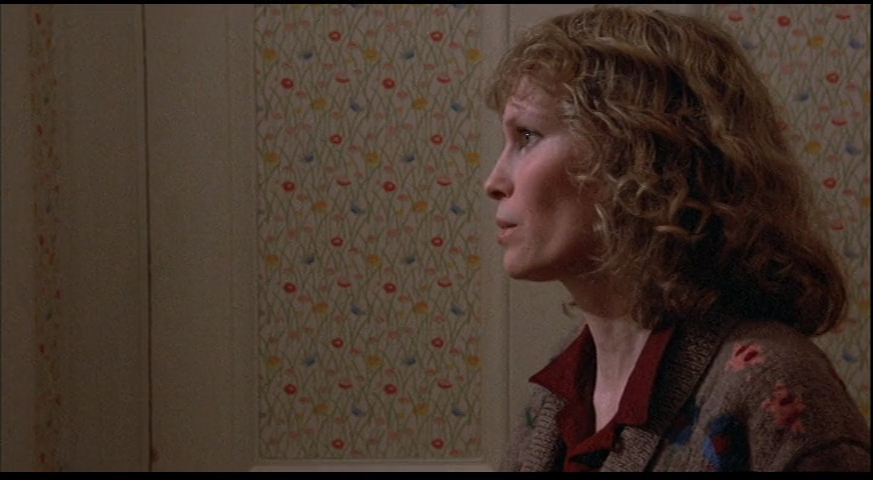
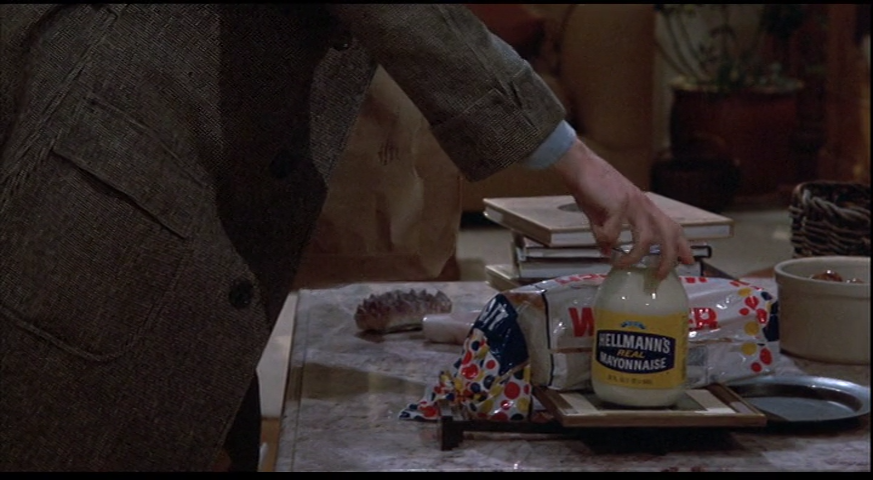
One thought on “Hannah and Her Sisters (1986)”
A once-must, mainly for the performances.
Its deceptively cheery film poster notwithstanding, ‘HAHS’ is not really “sweet”. It has fleeting moments of sweetness but nowhere near the number that would make the film poignant in any way. There’s simply too much angst, bitterness and bad communication running amok. Compensation is attempted via Allen’s character but his Mickey is such a relentless, one-note whiner that it can be difficult to get the joke.
It can also be hard imagining wanting to spend time with most of these people in real life. There are exceptions – at least I can get behind von Sydow in terms of Frederick’s legitimate gripes about humanity as a whole; the peripheral tv exec played by Julie Kavner is darling (you really want to hang out with her); and Hershey – if anyone – genuinely displays a lovely vulnerability.
The film opens in a warm manner with a beautifully shot holiday dinner – which sets the mood for sweetness, certainly. But such a mood thereafter slips away at just about every turn. It’s true that the screenplay is constructed in an interesting way but its specifics can wear you down. True, things end happily for all – but, geez, getting there…! (I always wished there would be a ‘three sisters’ scene in this film that really *is* like the film’s poster – in which the three are genuinely enjoying each other’s company and perhaps being witty together. But, alas, that’s kept from us.)
That said, the performances are remarkable. Whether you actually like (or relate to) these characters much, the cast is firmly committed to them, often making them achingly believable. One doesn’t often think of Allen’s films in terms of terrific acting but this is among a small number (including “Interiors” and “Crimes and Misdemeanors”) that exhibit an admirable blending of actors and material.
A major plus here is the marvelous use of NYC locations.
Fave exchange (cause it really does seem to be the case) –
Farrow: I have enormous needs!
Caine: Well, I can’t see them, and neither can Lee or Holly!